The value of a strong, distinguished visual identity is a no-brainer for most marketers. The need for a well-designed logo and a unique name? Brand-builders get it. Creating an identity system built around the mark? Of course. Color, typography and iconography? All standards on the checklist.
But, what about photography?
It’s often disheartening, yet unsurprising, to see some brands treat their most potent possibility for far-reaching visual impact as an afterthought.
For some in-house teams, there’s anxiety around building and managing a proper bank of photo assets. Imagery is an investment, and licensing, curating and shooting can be overwhelming. For others, there seems to be a default assumption that stock photography can be easily pulled into the fold “later on down the road.” However, the difficulty and cost in time and licensing associated with selecting appropriate, unique, visually-cohesive stock photos tends to be vastly underestimated.
More often than not, the emphasis on visual identity culminates with a tagline and a typeface. Unfortunately, a whole lot of possibility (and own-ability) is lost in the process. Here’s a case for developing a visual language that doesn’t fail to finish the exercise.
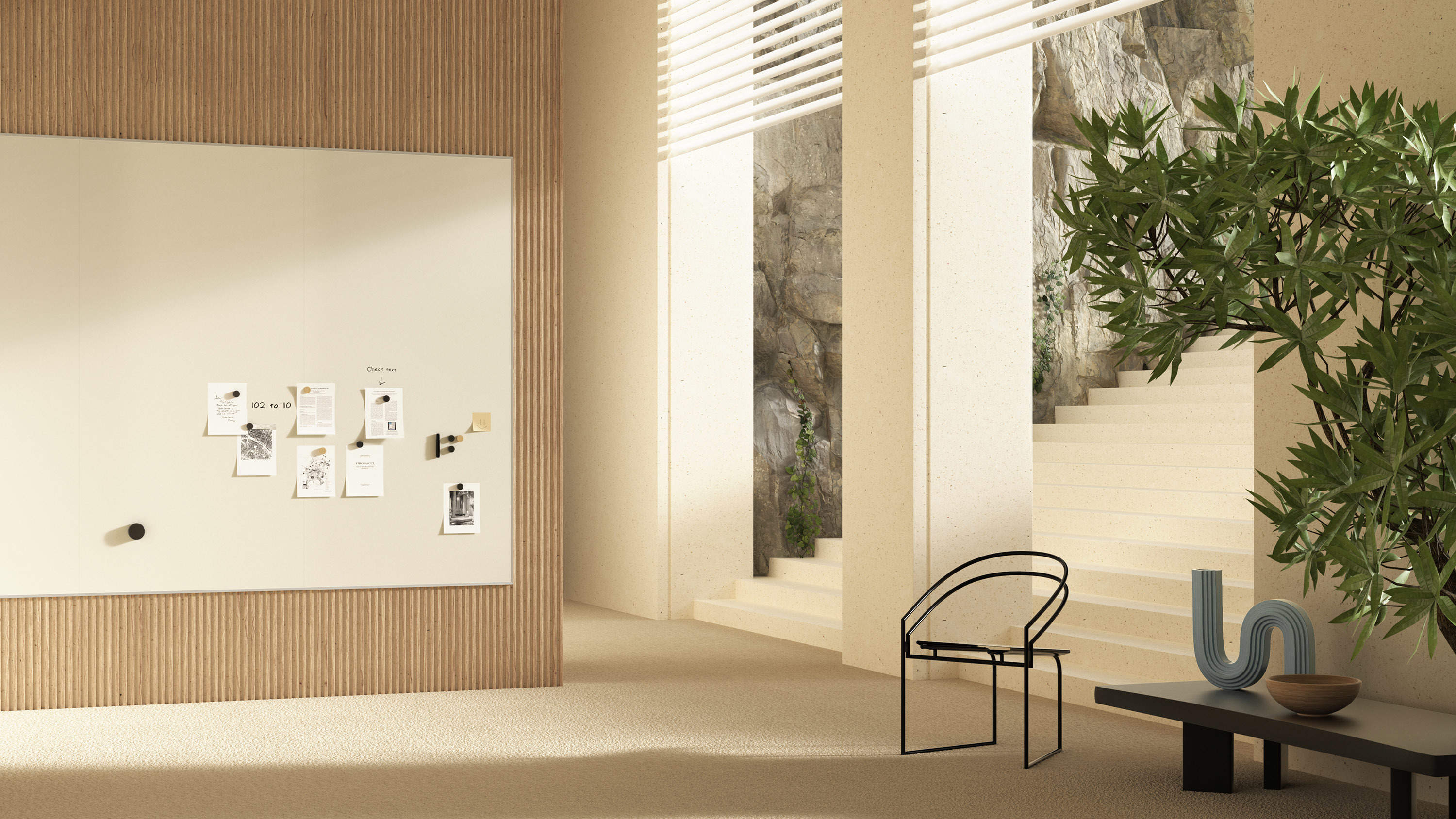

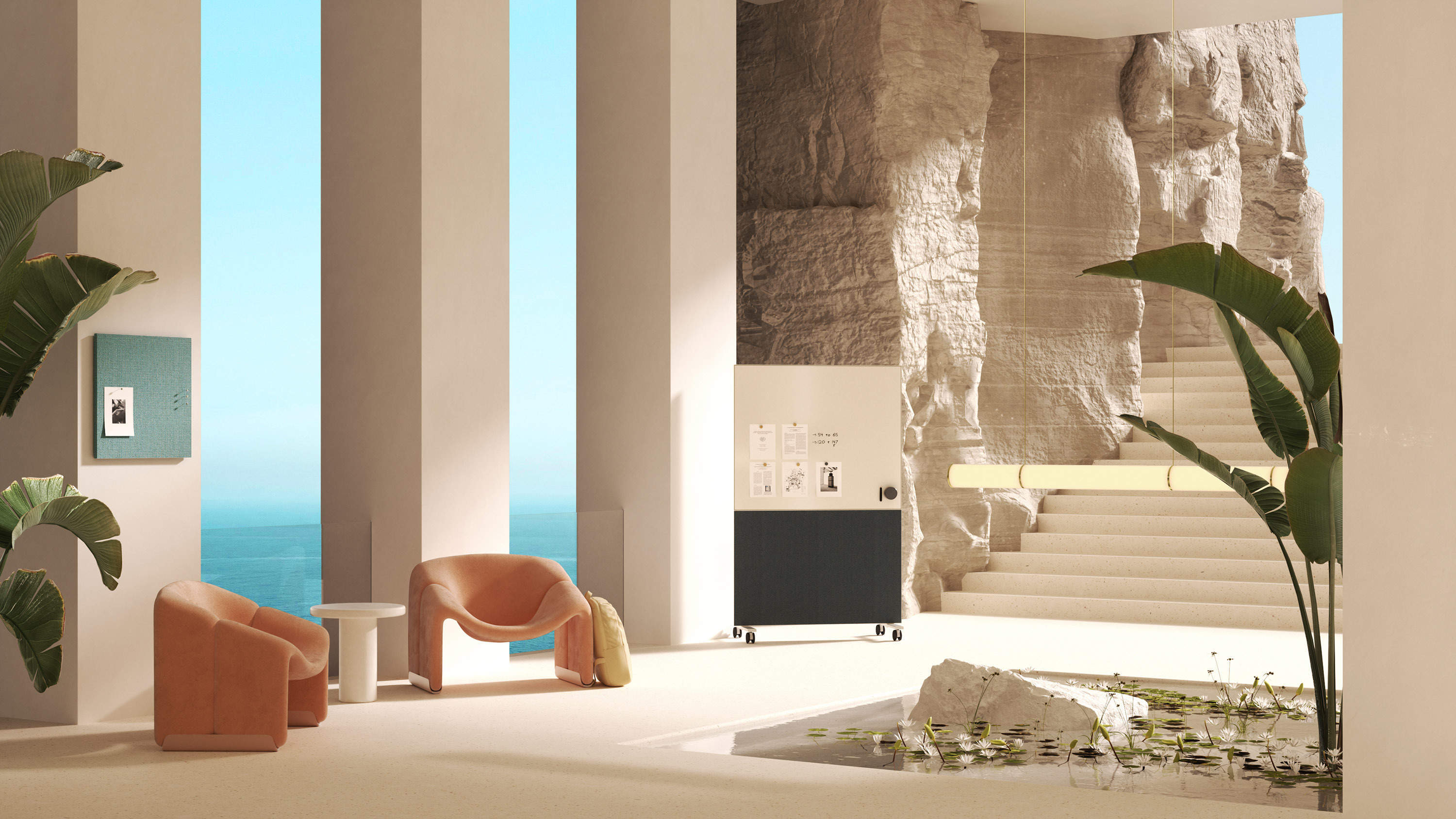
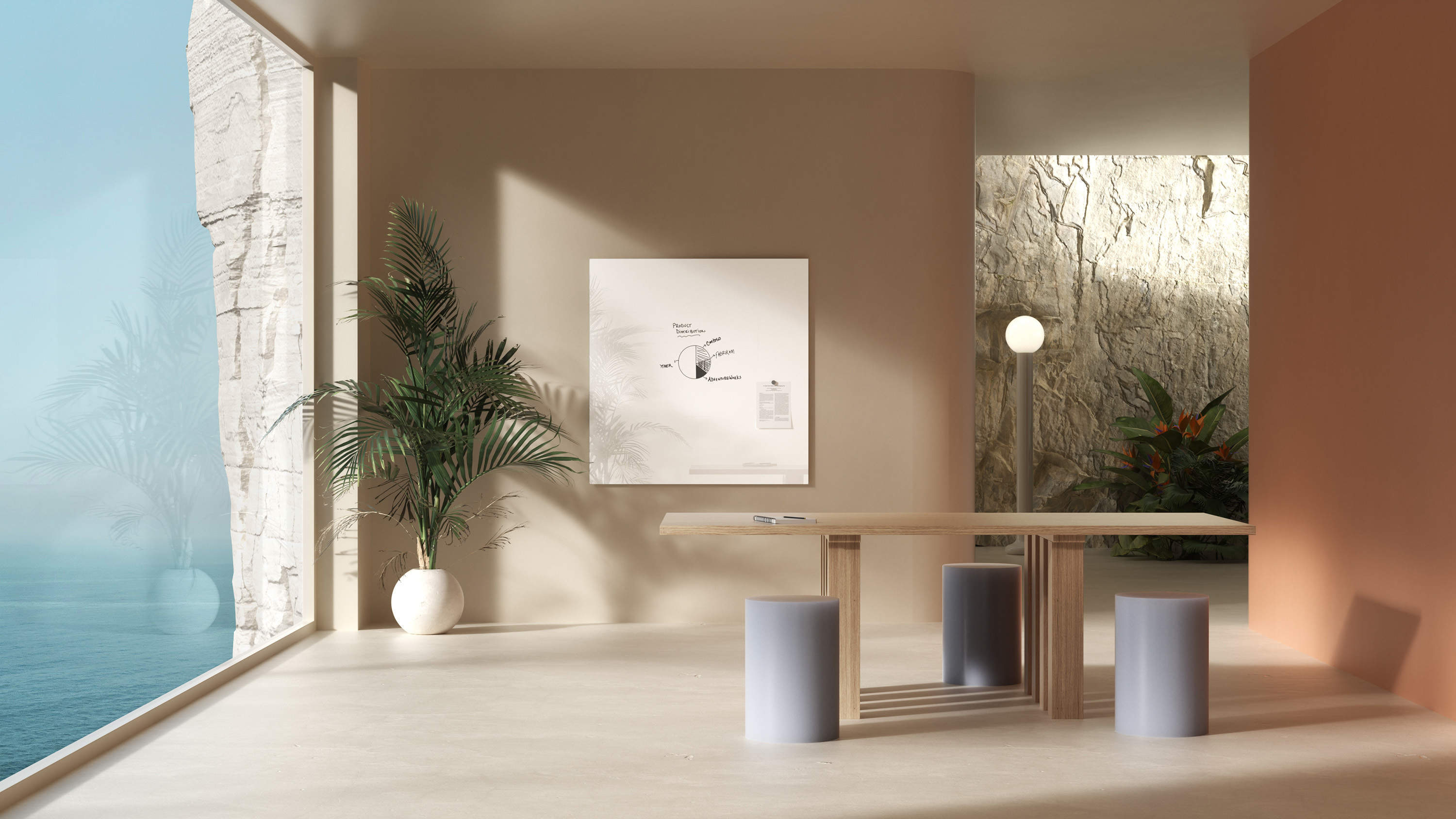
The Value of Branded Imagery
Imagery doesn’t have to mean photography. Custom imagery can range from a lifestyle shoot, to product details, 3D renderings, or a blend of photography with graphic devices. The sky is the limit, and that’s the power here—imagery goes beyond a mark or a color palette in its ability translate the mood and tone of your brand. It adds meaning, narrative, and memorability to your look and feel.
Custom imagery develops an aspect of the brand story that other tools simply can’t. It can bring a persona to life, add just the right amount of whimsy, and visualize your concept in ways other tools cannot. It’s a more robust vessel for an ongoing conversation.
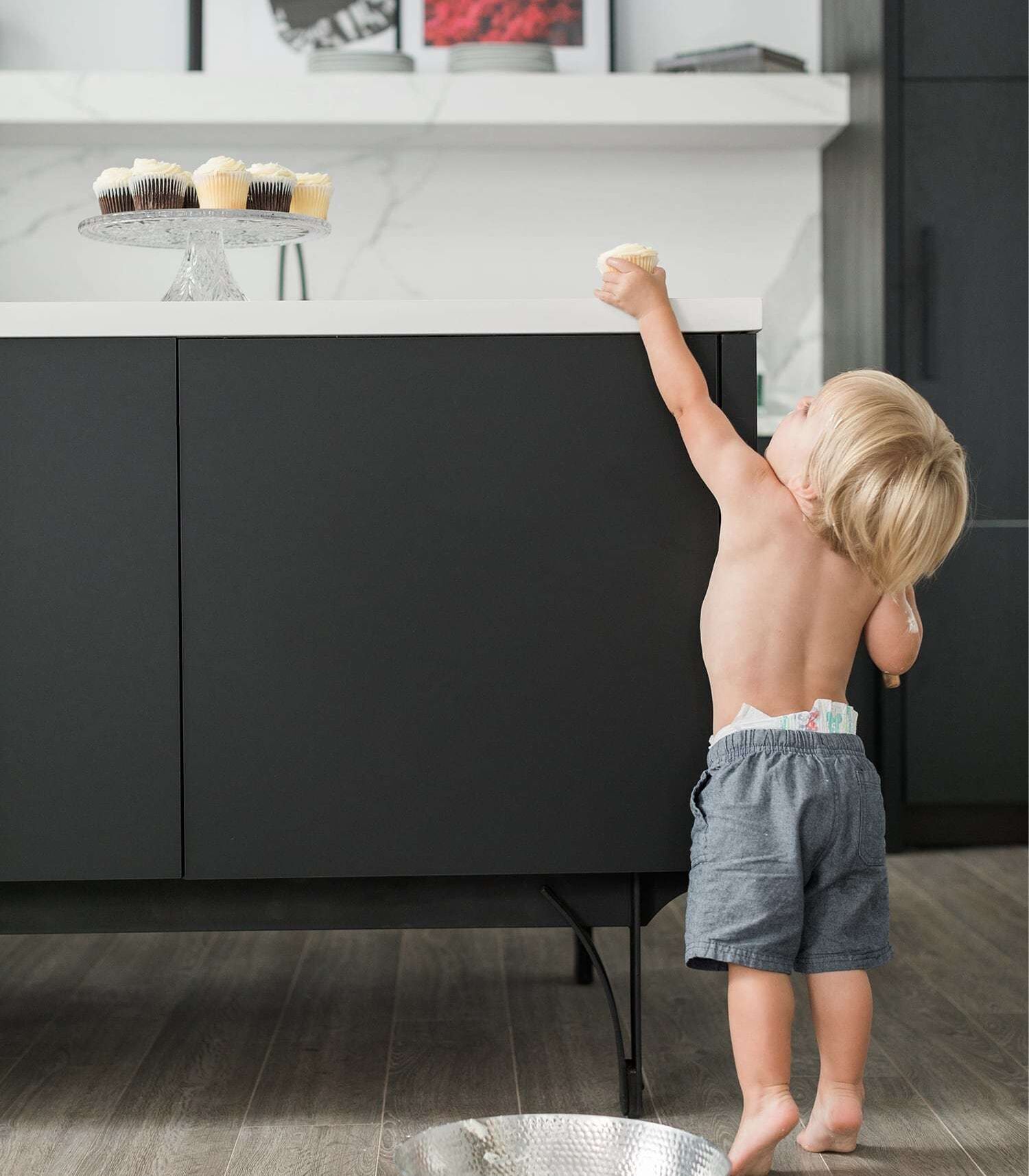
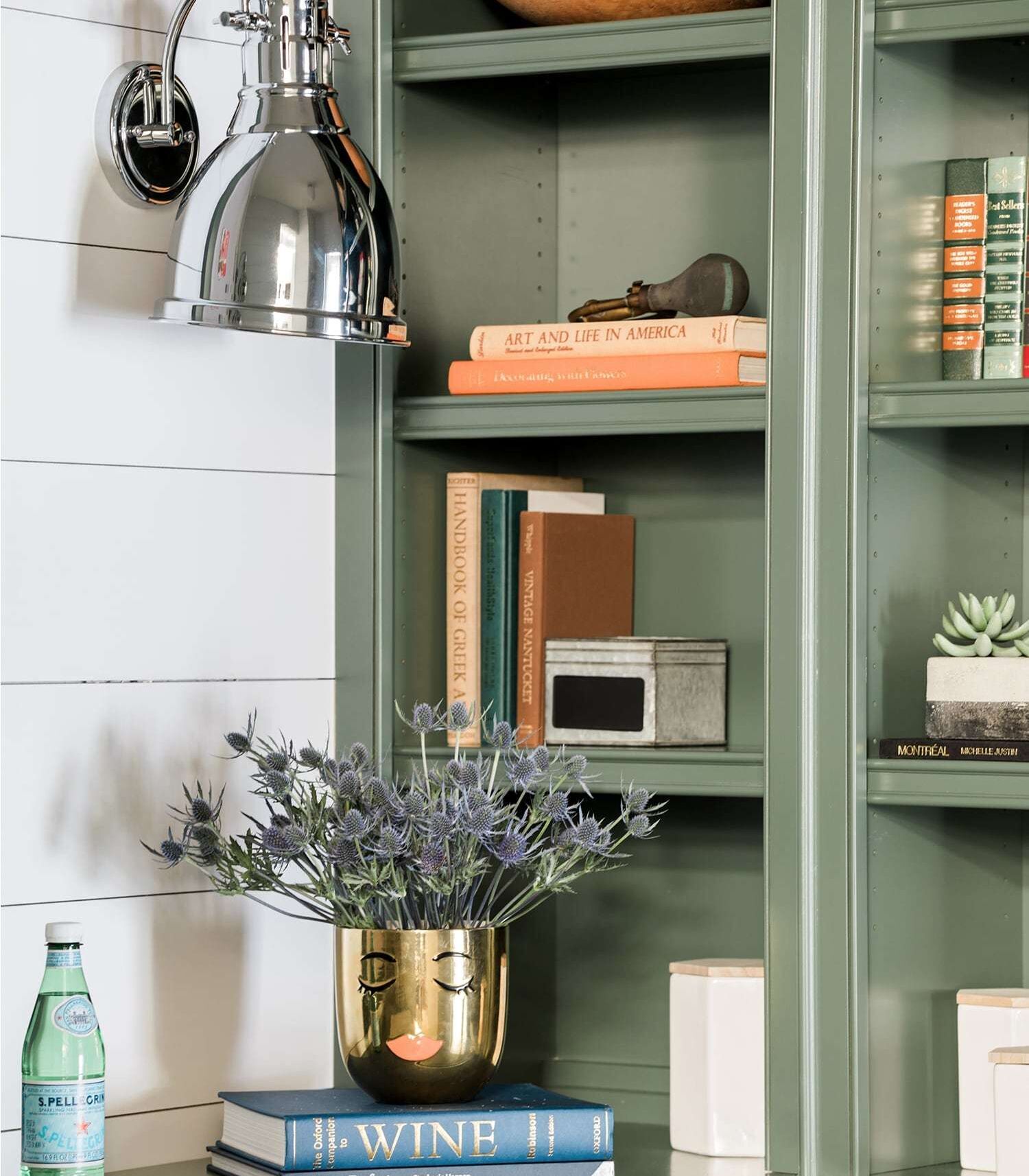

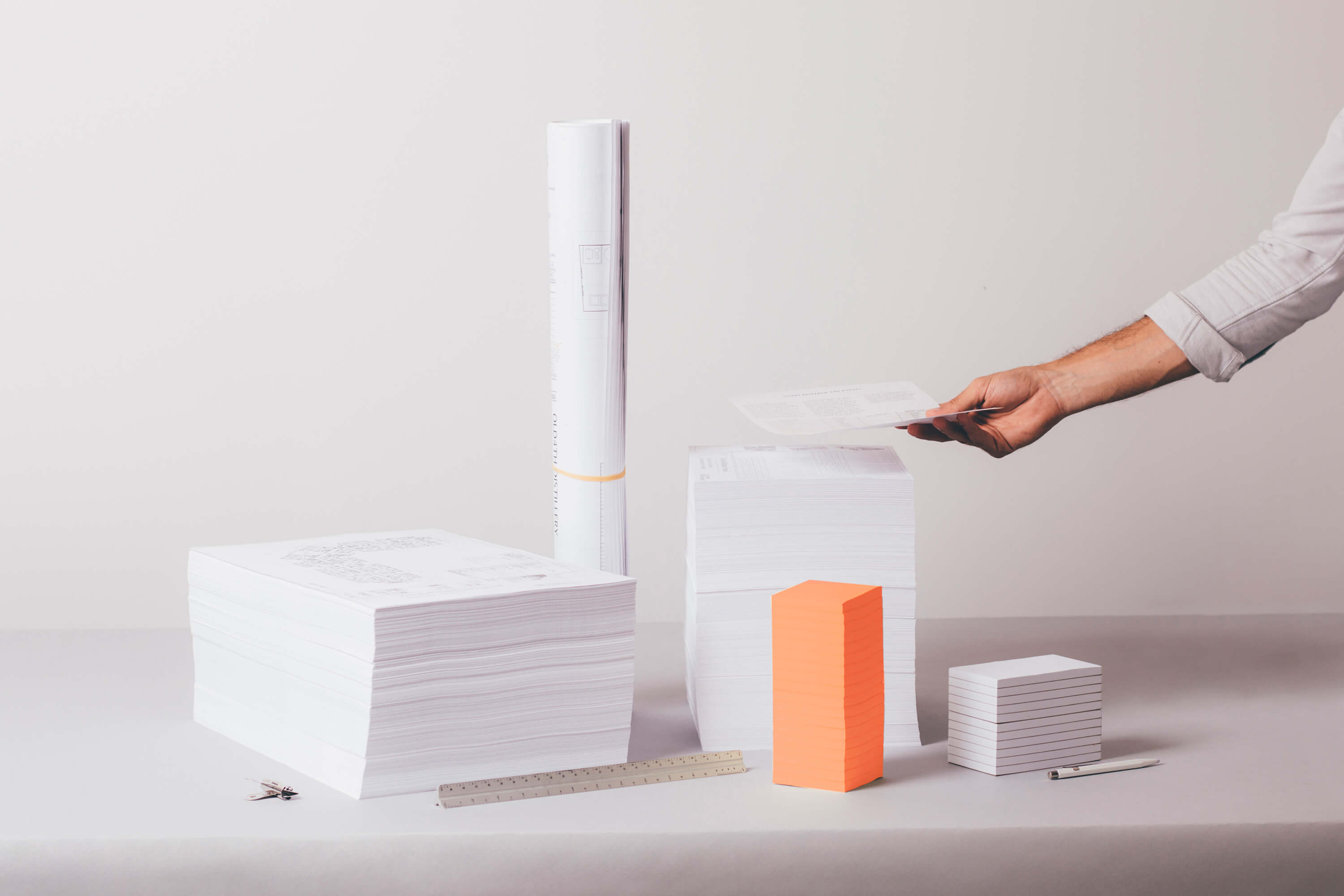
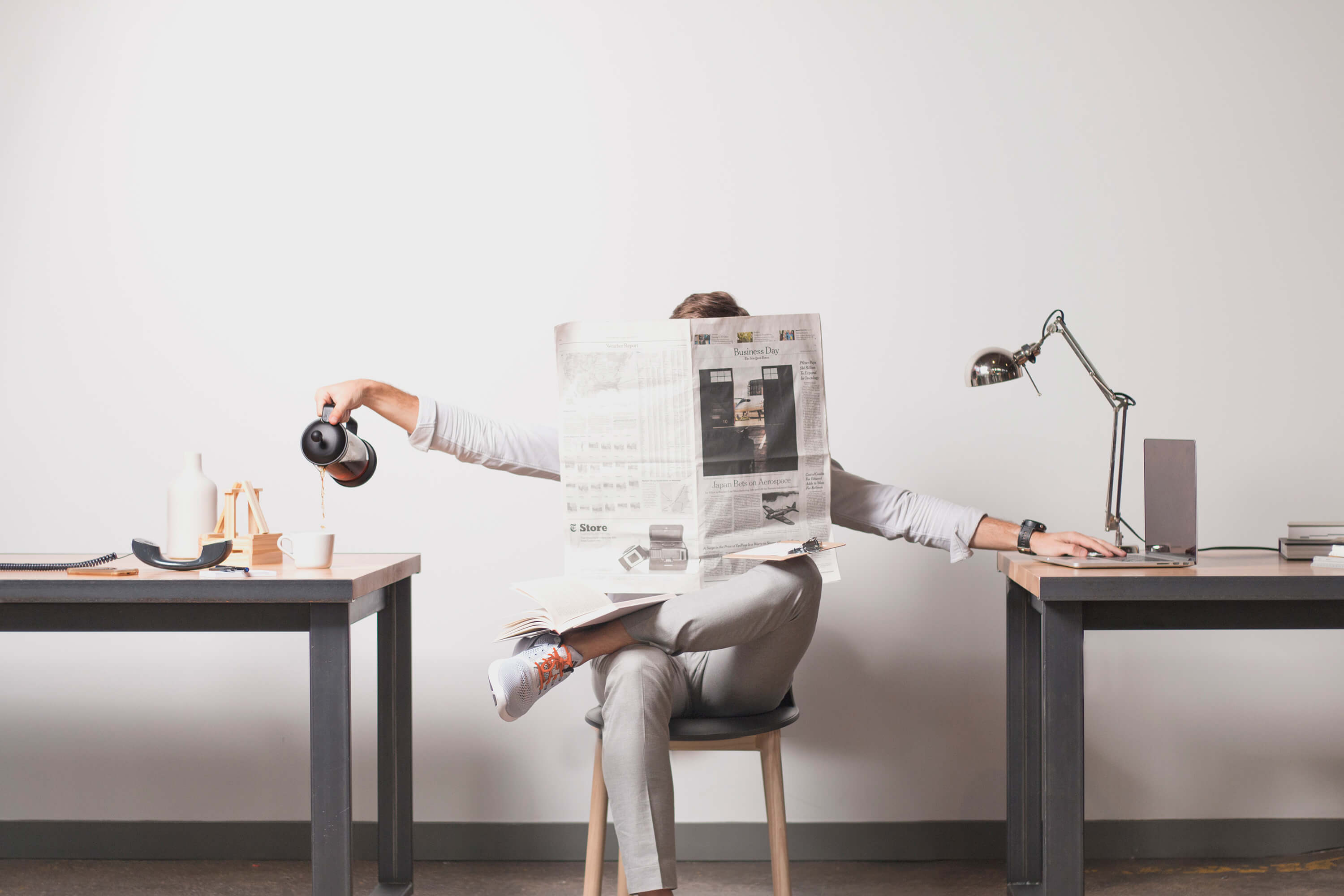
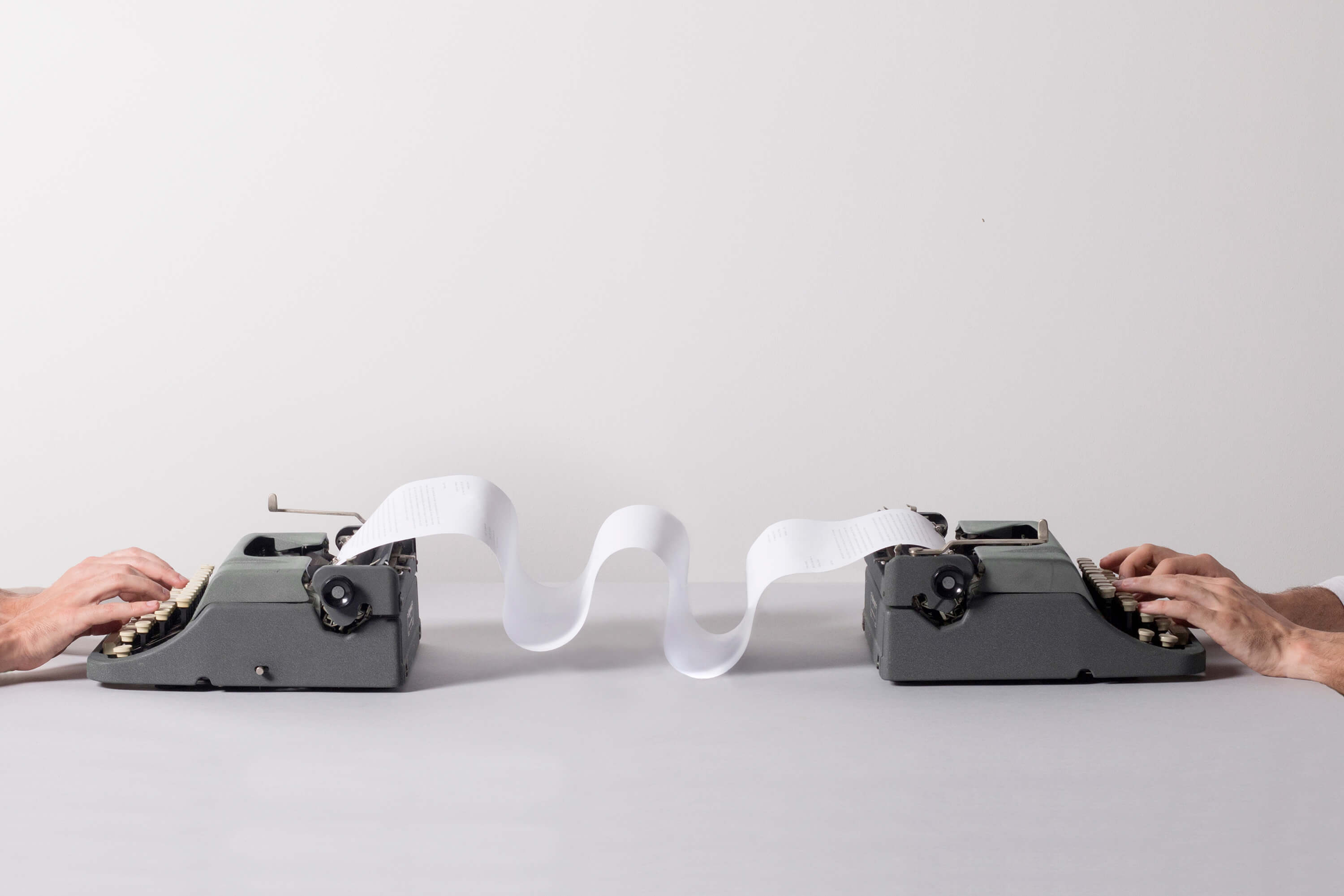
Photography is a vehicle to drive stories. Spotify uses it to create visual metaphors for intangible products, Mailchimp tells tangental tales from their customers, and Nike keeps their audience interested over time as they evolve.
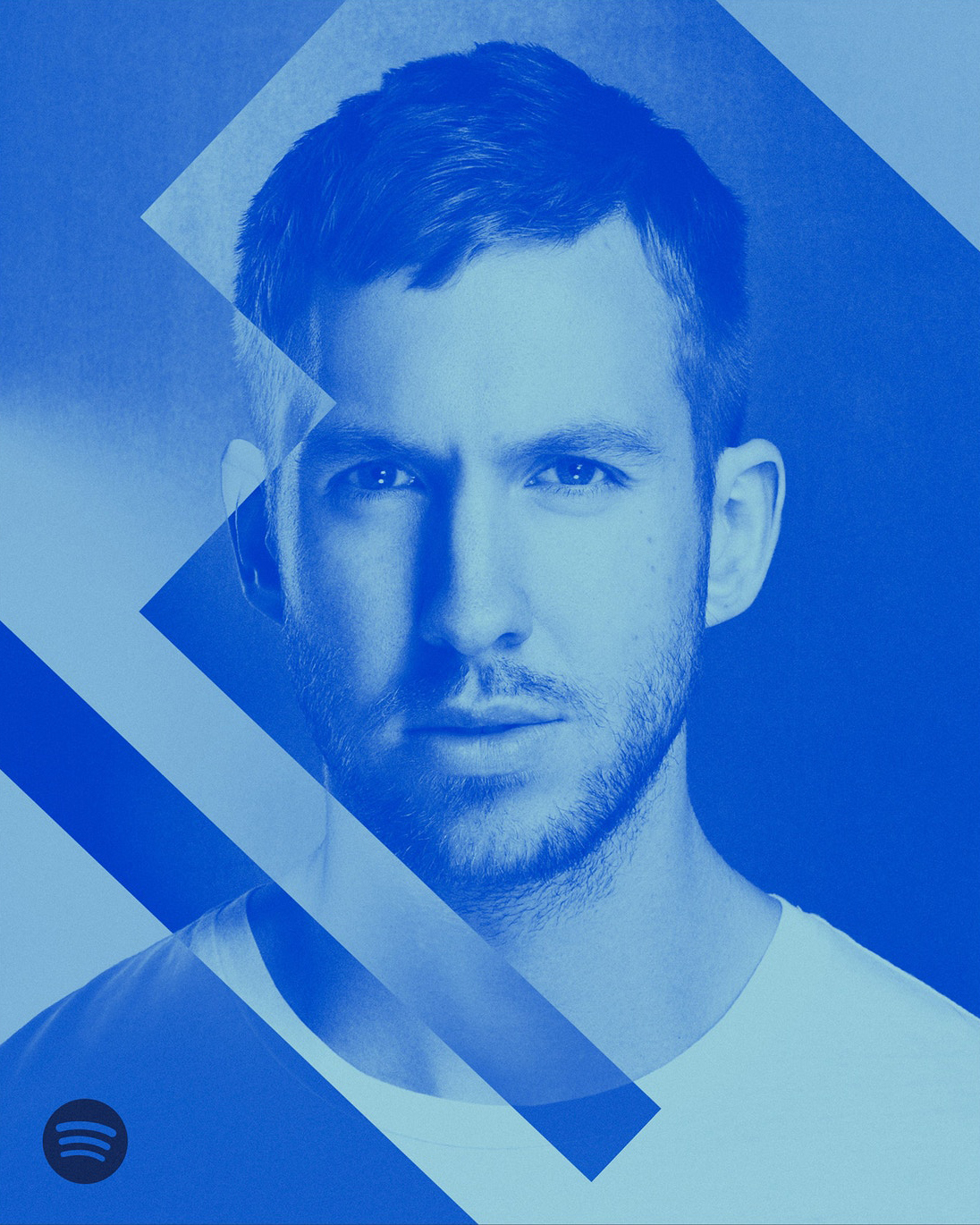
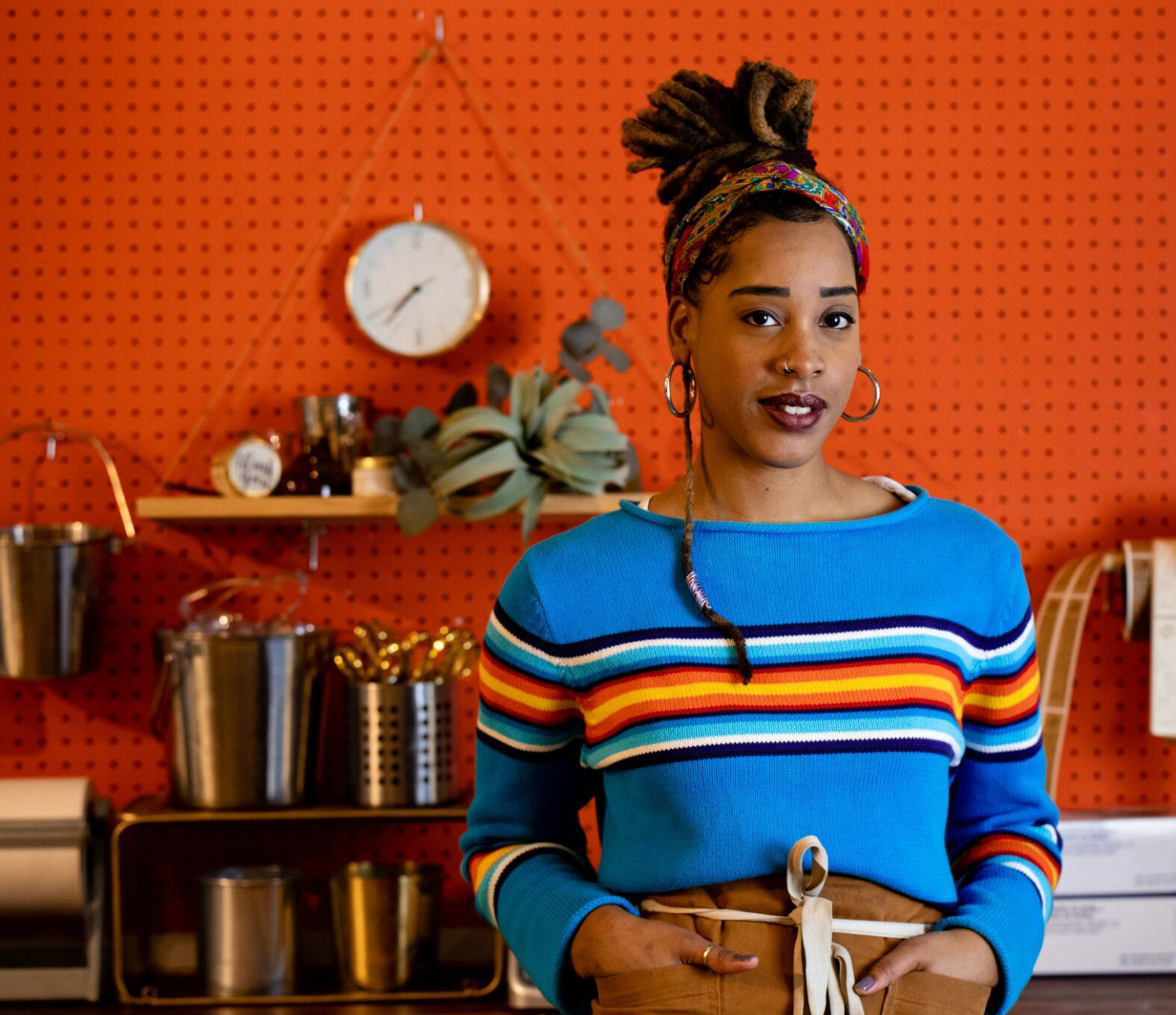
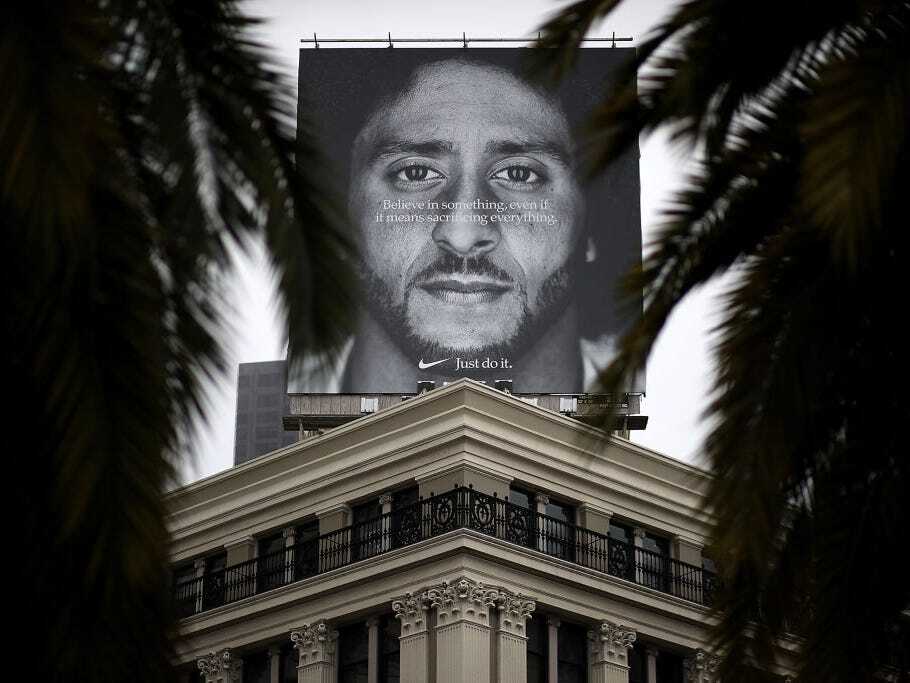
Imagery that’s strong enough can be a brand identifier all by itself, even for products you’ve never seen before.
- You see a slim, stainless steel frame and a glass screen floating at an angle atop a white background. It’s unmistakably Apple.
- You see an image of a defiant model proudly sporting her body hair. Without a doubt, it's Billie.
- You see a bright, crisp object or photographed model being integrated into a circular graphic language with pops of red? It's probably Target.
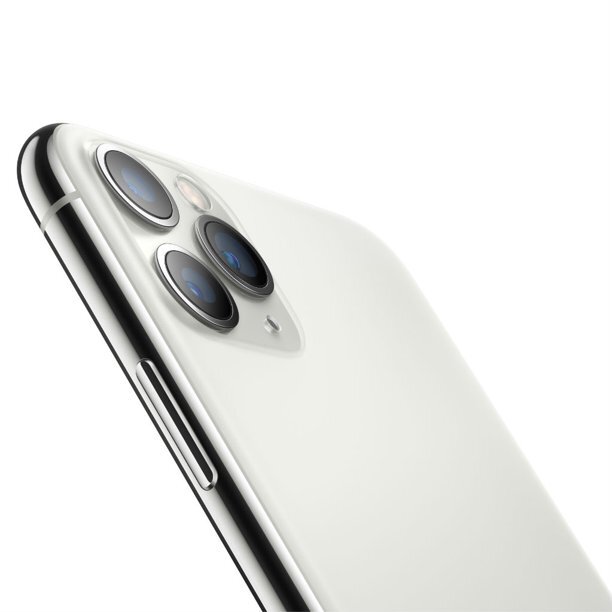
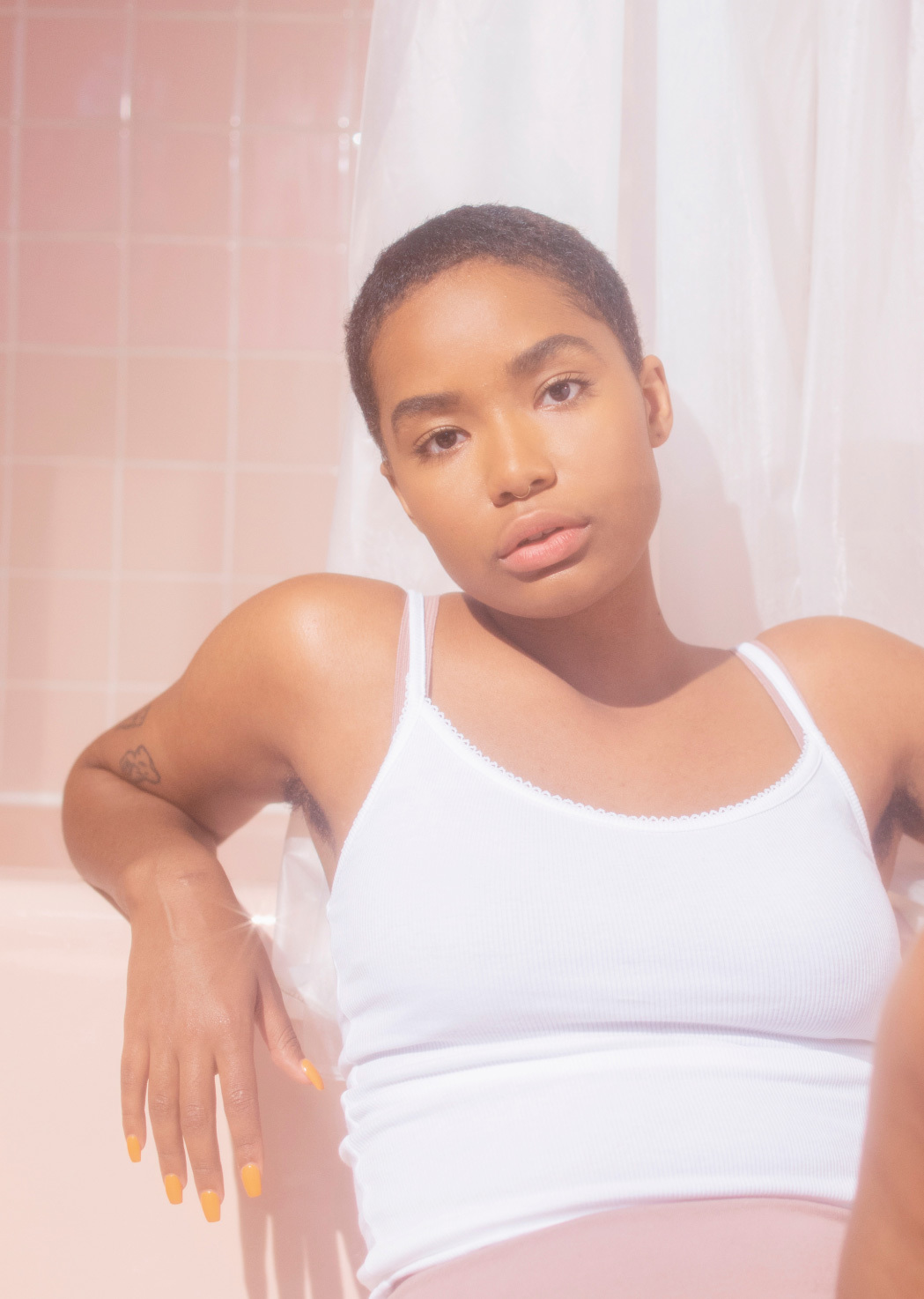
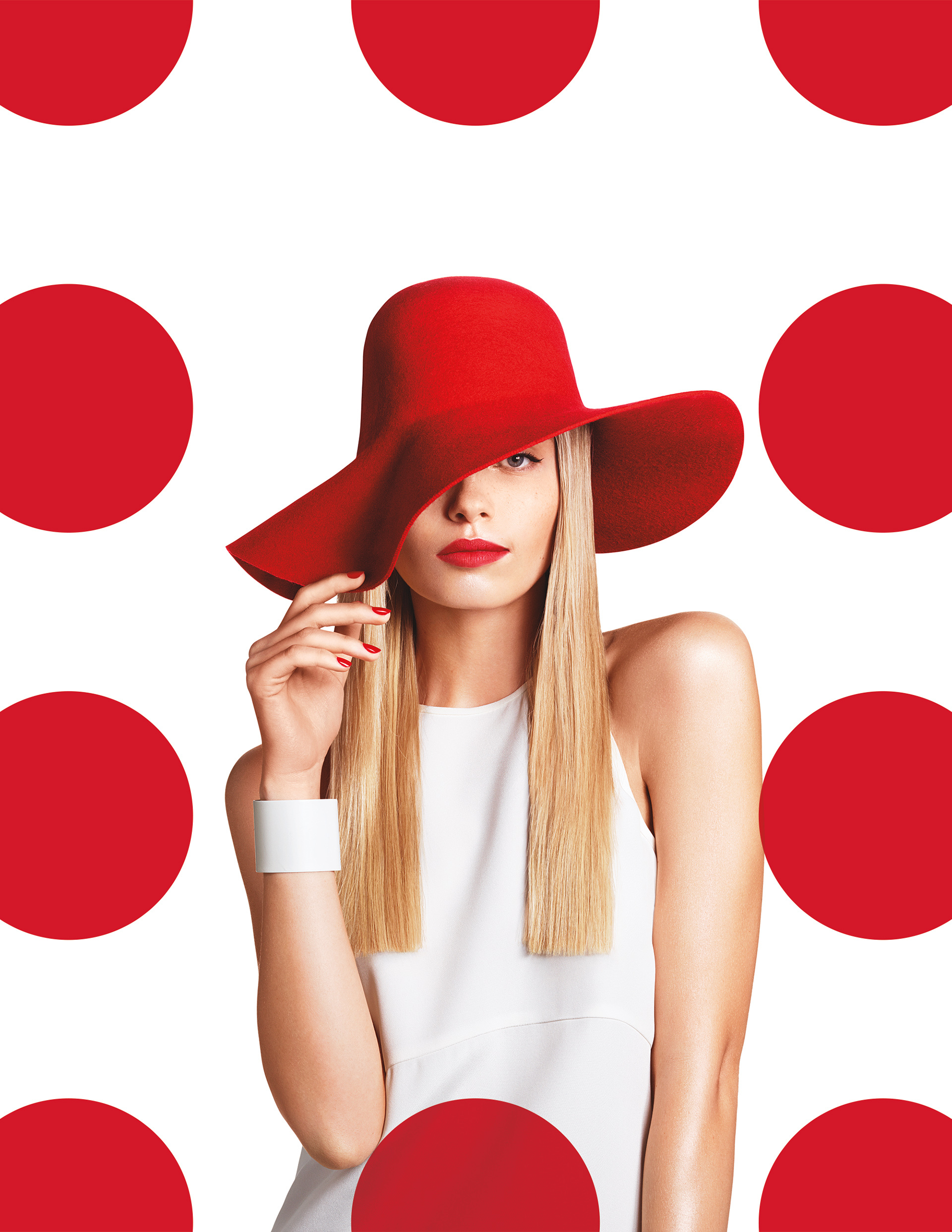
This “ownability” leads to recognizability. Branded imagery is all yours, so no one else can use it and you don't have to pay a license or fee for work that might not fit your marketing material style. There’s no being mistaken for another unrelated (or worse, related) brand who’s using the same stock image as you.
It’s truer to you. Custom imagery is just that—custom, for you. Your brand. Your voice. Your point of view. It takes the care to fit well within your brand language and therefore expands your brand language. Consumers can sniff the inauthenticity of a haphazardly-selected image shoehorned in at the end of the process.
You get to have fun! You get to partake in the satisfying and intentional process of creating branded content from scratch. Getting the mood and message just right gives you assets that are not only fun to make, but make your work much more effective. You’re no longer trying to whip up a recipe by reusing stale ingredients. With branded imagery, you have potent, zesty content to work with.
![]()
![]()
![]()
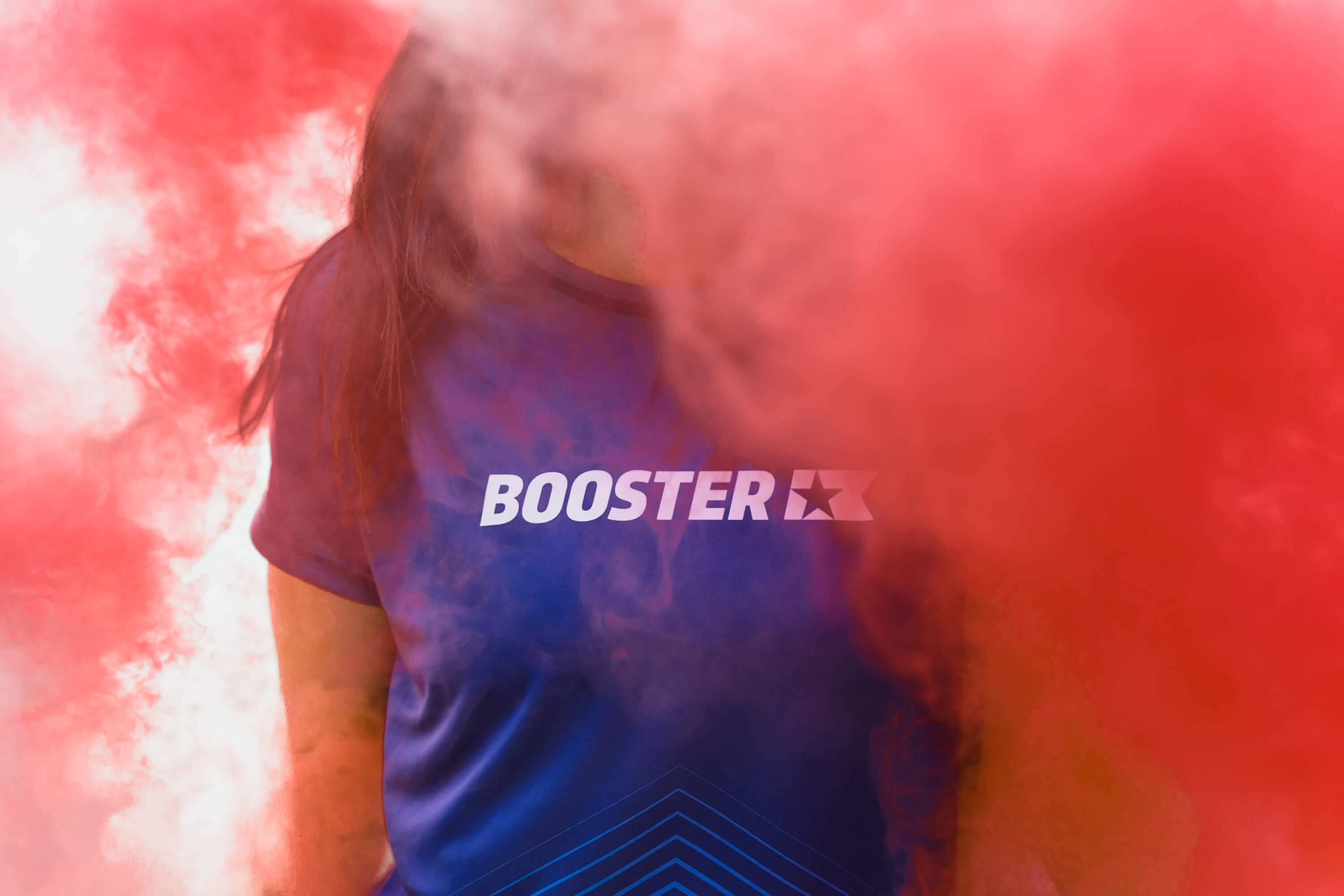
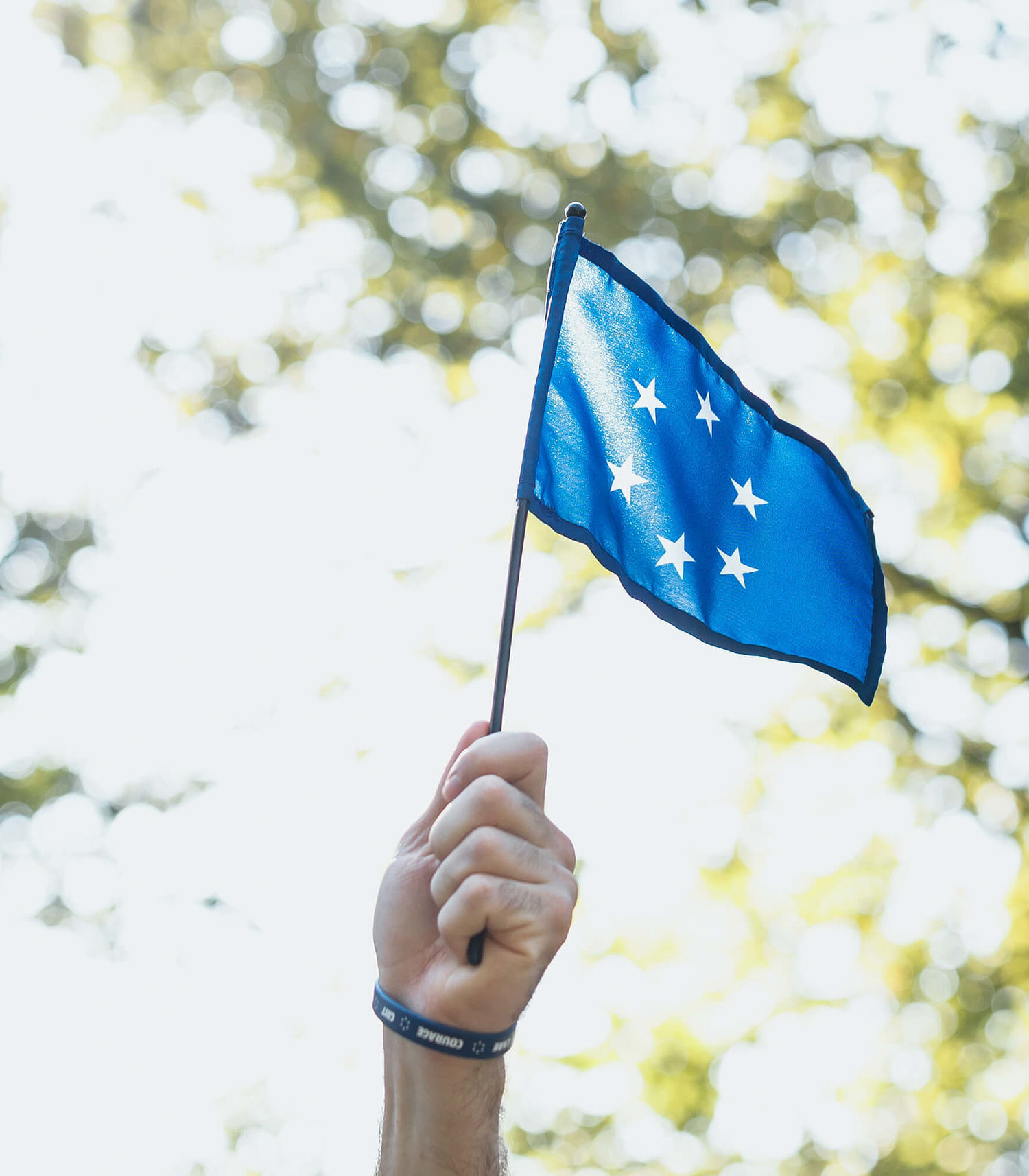
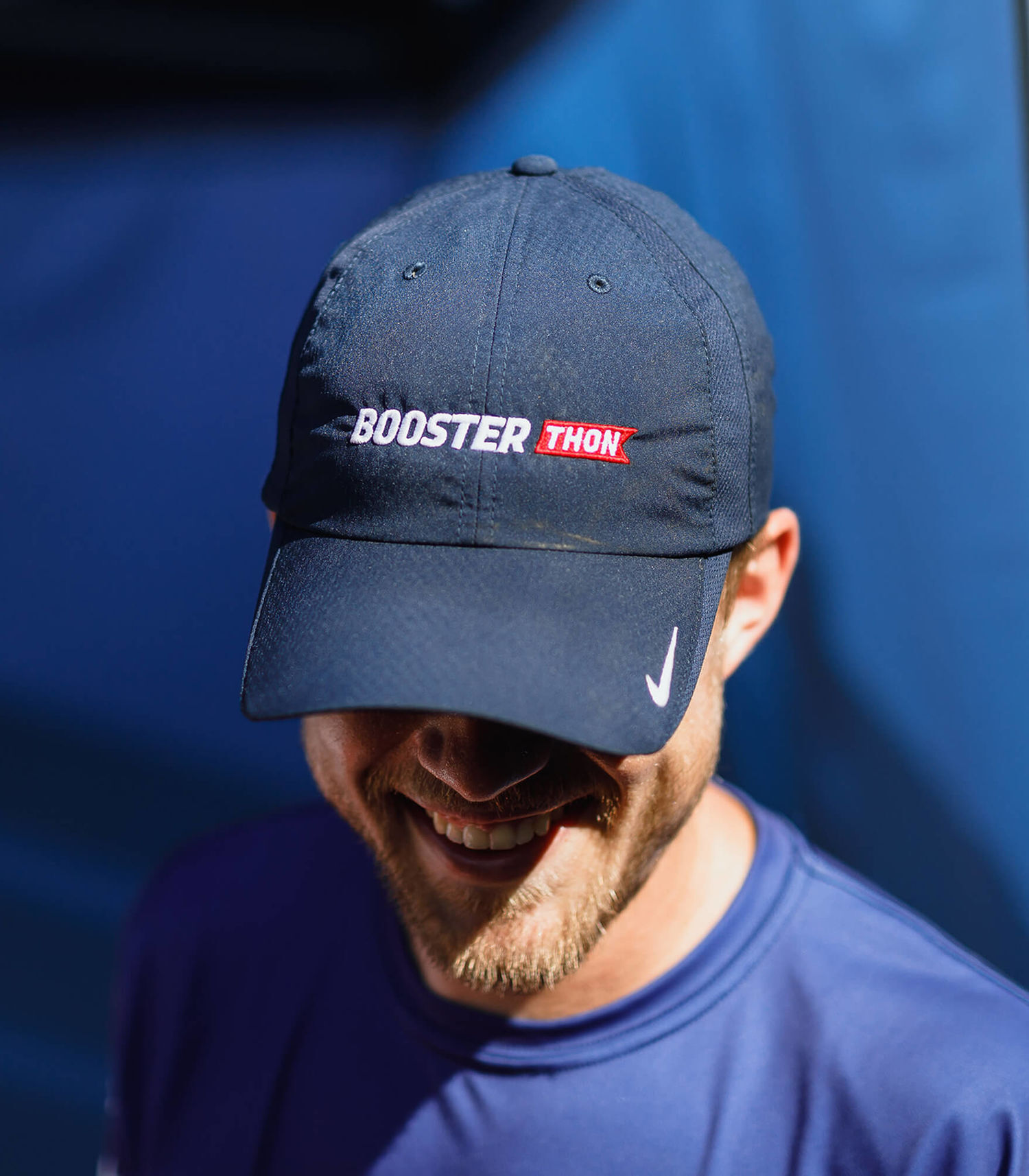
Still hung up on the upfront costs? Evaluate the risks of not investing in branded photography:
Getting looked over. If you’re in an industry that over-relies on stock, why fight over the same images that all of your competitors are using, especially if your audience stopped paying attention long ago?
Being mistaken. When we use a photo that any other brand can also buy, we run the risk of being one billboard or browser tab away from being confused with the competition.
Falling Flat. Without good photography, brands tend to over-rely on other brand elements, forcing them into unnatural places. For example, an Instagram feed that over-relies on typography-based posts, which works against the platform’s natural algorithm.
Custom imagery, done well and built consistently over time provides you a rich asset bank that is irreplaceable and invaluable. Brands are more than letters and logos.




